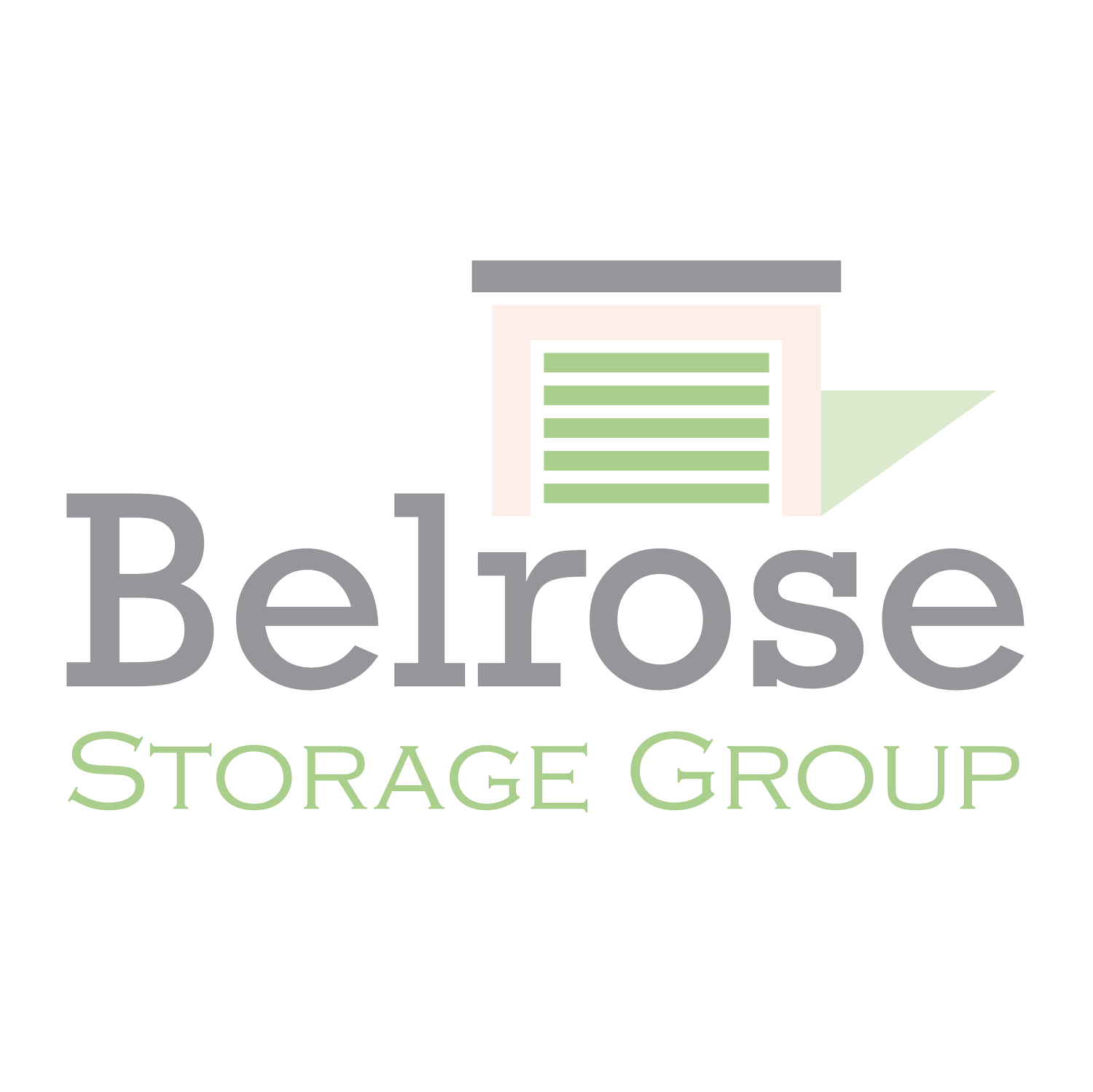3 Common Methods for Buying & Selling Self-Storage Facilities
As experienced investors, we here at Belrose subscribe to a common saying in real estate, “You make your money when you buy.” In other words, the amount you pay for a piece of property will be a determining factor in how much you make in return when selling it. But purchasing a commercial real estate property is a bit more involved than buying a house. When it’s meant to serve as an investment, you as the buyer want to know you’re not overpaying for something that won’t make a profit in the future.
With that in mind, it’s helpful for investors like you to know how sellers determine their purchase price when selling a self-storage facility. Let’s take a quick look at the three most common valuation methods, and discuss how Belrose Storage Group relies on these methods when buying and selling facilities.
Method #1: Income Capitalization
Also known as the income approach, this method bases the value of the property on the income generated. It’s the most involved and complicated method, as it focuses on the business’s cash flow and capitalization rate.
The capitalization rate (cap rate) is the net operating income (the gross income minus any operating expenses) divided by the sale price (what the seller intends to list their business for). In theory, the lower the cap rate, the better value you’re getting as a buyer because you have the potential to earn a greater return on investment.
If Property A is listed at $1 million and has net operating income of $100,000, the cap rate would be 10%. Say Property B is also listed at $1 million, but has a net operating income of $200,000. Property B’s cap rate would be 5%. In this instance, Property B has a lower cap rate and therefore would be a better value for a buyer (assuming all other factors were equal).
Sellers will typically work with a broker or appraiser to come up with an estimated cap rate for their property based on recent market data.
Method #2: Sales Comparison
With the comparison method, sellers use sales data to compare their facility to recently sold properties in the area. In order to effectively use this method, sellers need to be able to find recently sold facilities that are similar in size, methods and materials used to build the facility, overall condition, age, and unit mix.
Sellers will typically either value their property based on a close match, or they may average together multiple recent property sales to determine their sales price.
Method #3: Cost Method
The cost method is typically used when a facility is either newly constructed or has very little operational history to calculate NOI.
In this case, the seller takes the cost of the facility’s physical assets (including the land, construction costs, and materials) and subtracts any depreciation. The seller is essentially basing the sales price on what it would cost to rebuild the facility.
The cost method can help sellers come up with a number fairly quickly, especially if they aren’t working with a broker or appraiser to sell their property.
How Belrose Approaches Acquisitions
When acquiring a new facility for our investors, we tend to lean heavily on the income capitalization method, which we use to project future facility performance and potential ROI. However, we do work with a third-party licensed appraiser who will value the property for us using all three methods.
Relying on the expertise of an appraiser is important to us since they’re an unbiased and licensed professional with no vested interest in the sale of the property. They can help us remove any blinders we may have and provide validation (or raise concerns) regarding our decision to buy the property for a certain price. With the help of an appraiser, we can make sure we’re doing everything we can to obtain a new property for a price we believe will be profitable for our investors.
How Belrose Approaches Selling a Facility
After acquiring a facility, our team of experienced operators execute a value-add strategy to help that facility turn a profit and generate income for investors.
When we feel like we’ve extracted the majority of the value available within that facility, we’ll make a plan to put the facility on the market. To come up with a purchase price, we’ll work with a broker who will use one of the three methods mentioned above (most often it’s the income capitalization approach).
The broker will give us an overview of current market conditions, such as buyer sentiment, where we are in the real estate cycle, and financing. If, based on these factors, we don’t believe we’ll be able to achieve our target purchase price, our team will decide whether to move forward with selling the property or to continue sitting on it for longer. By holding onto a facility for longer, we can continue generating cash flow for investors and ride out any outside factors currently impacting the price.
From an investor perspective, this is an ideal position to be in because we’re not forced to sell our property despite poor conditions. Rather, we can wait until we find the right sale price to meet our investors’ expectations.
Interested in Investing in Self-Storage?
Belrose Storage Group acquires, builds, and sells self-storage facilities alongside a community of accredited private investors. If you’d like to learn about our upcoming acquisitions, we highly recommend joining our investor portal and starting the accreditation verification process as new opportunities fill up quickly.

